CULMINATION OF FLAVORS, STYLE, AND PHILOSOPHY IN KOREAN CUISINE
Korea, a country that boasts 5,000 years of history, was once ruled by royal dynasties. During the Joseon Dynasty (1392?1910), in particular, an elegant and colorful culinary culture sprouted from the court. Today, royal cuisine of the Joseon Dynasty is prized as the exquisite embodiment of a style and philosophy unique to Korea that has been designated as an important intangible cultural heritage.
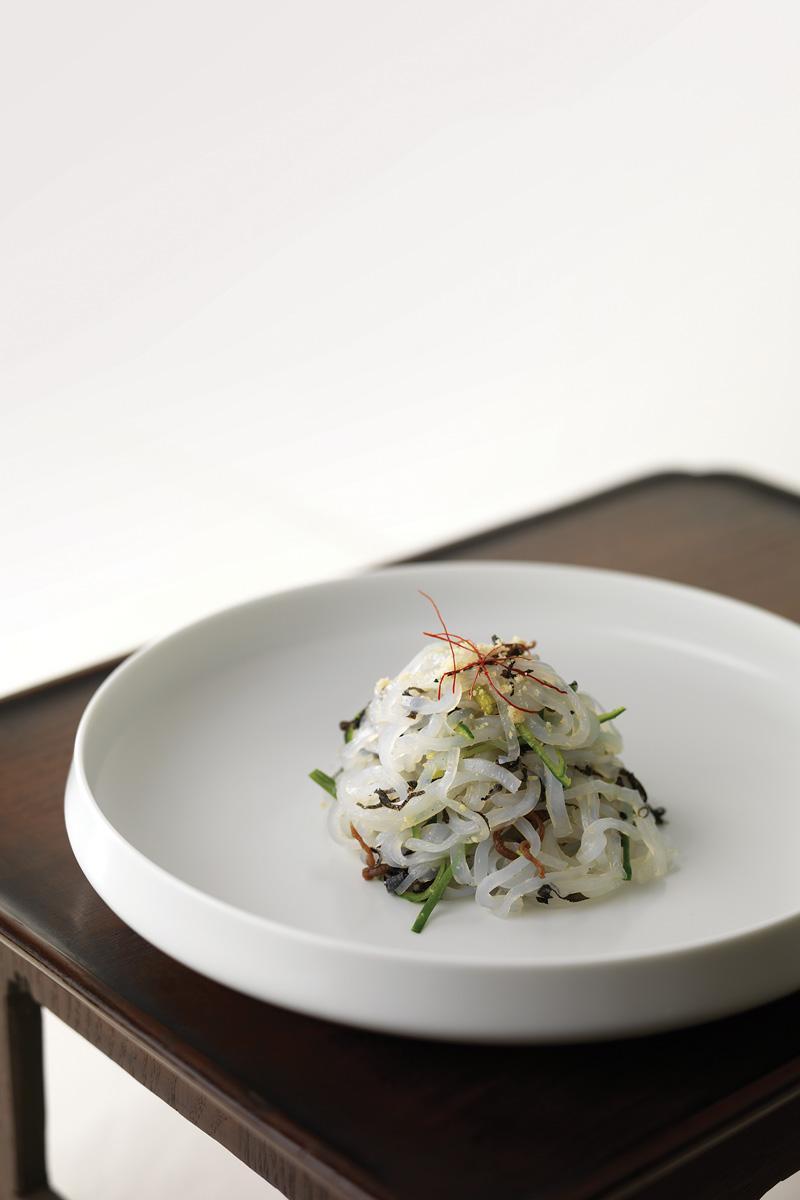
DELIVERING A MESSAGE OF HARMONY
TANGPYEONGCHAE (MUNG BEAN JELLY SALAD)
This dish is a delectable combination of mung bean jelly, beef, bean sprouts, Korean parsley, and other ingredients, all seasoned with a soy sauce-based sauce and topped with various garnishes. Yeongjo, the 21st king of the Joseon Dynasty, introduced a policy to balance the powers in his cabinet called “Tangpyeongchaek,” and this dish was served at the meeting held to discuss this policy. The balance and harmony of the ingredients well represented the policy.

DELIGHT FOR THE EYES AND MOUTH
GUJEOLPAN (PLATTER OF NINE DELICACIES)
Looking like a flower in full bloom, gujeolpan is both a visual and palatable feast. The name also refers to the octagonal platter divided into nine spaces, in which the dish was traditionally served. The eight sides of the octagon are filled with a colorful assortment of ingredients, and the round center with miljeonbyeong (paper-thin wheat pancakes). Each of the ingredients is placed on a sheet of pancake and wrapped, offering a pleasure of flavors.

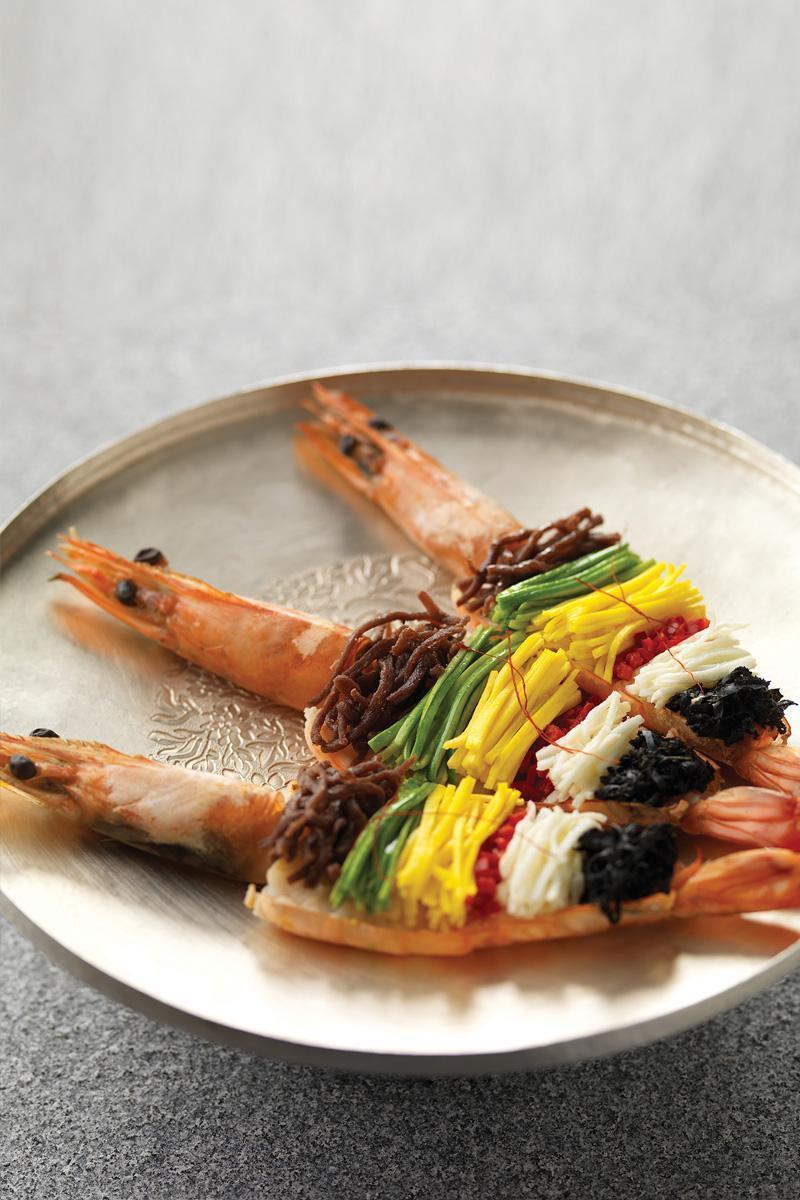
ASPIRATION FOR LONGEVITY
DAEHAJJIM (STEAMED JUMBO SHRIMP)
Lightly parboiled prawns are skewered and garnished with seasoned beef, shiitake and iwatake mushrooms, finely julienned egg yolk and white, and julienned peppers. The dish is then steamed. Daeha, or prawn, is also referred to as haero, or “old man of the sea,” a symbol of longevity and auspiciousness.
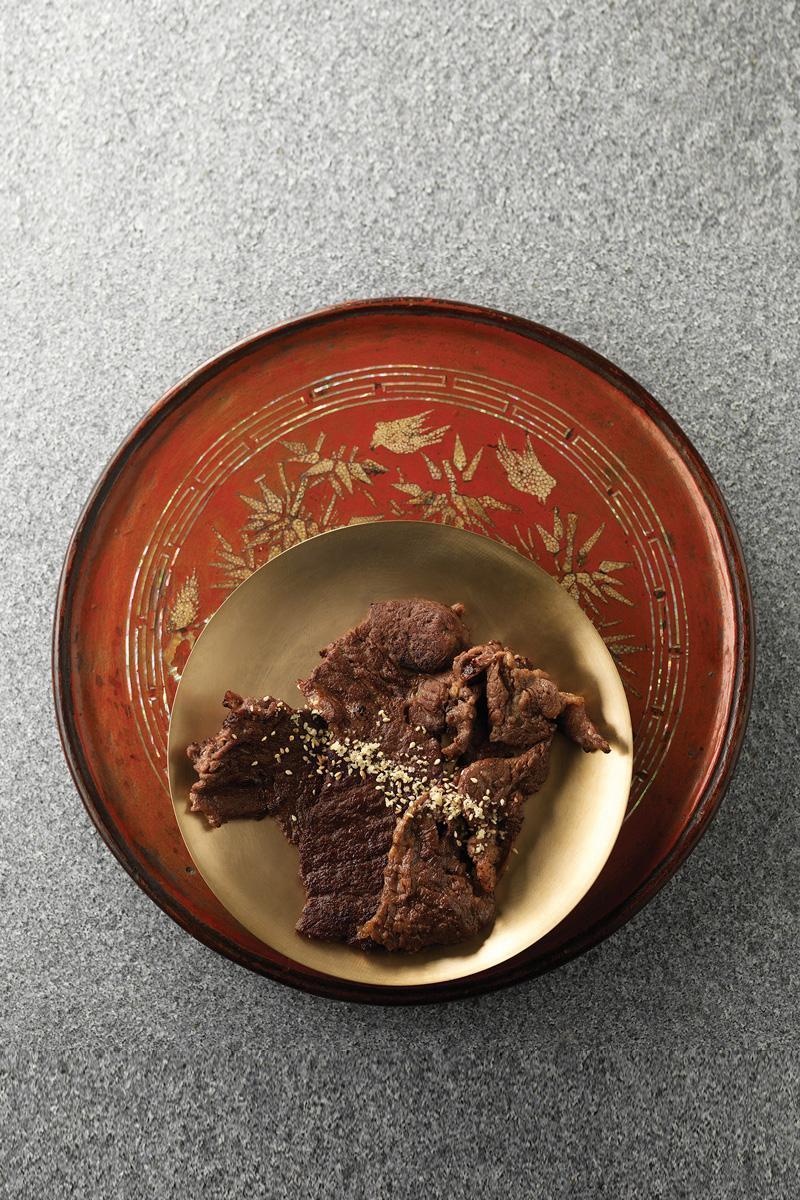
TENDER AND JUICY
NEOBIANI (MARINATED GRILLED BEEF SLICES)
This dish is a royal court version of the popular bulgogi. To prepare the dish, beef tenderloin or sirloin is thinly sliced, seasoned with soy sauce, garlic, green onion, and ginger juice, and marinated in pear juice for some 20 minutes to tenderize and add flavor. The meat is pan-grilled. The sweet and tender meat is appealing to everyone, young and old.

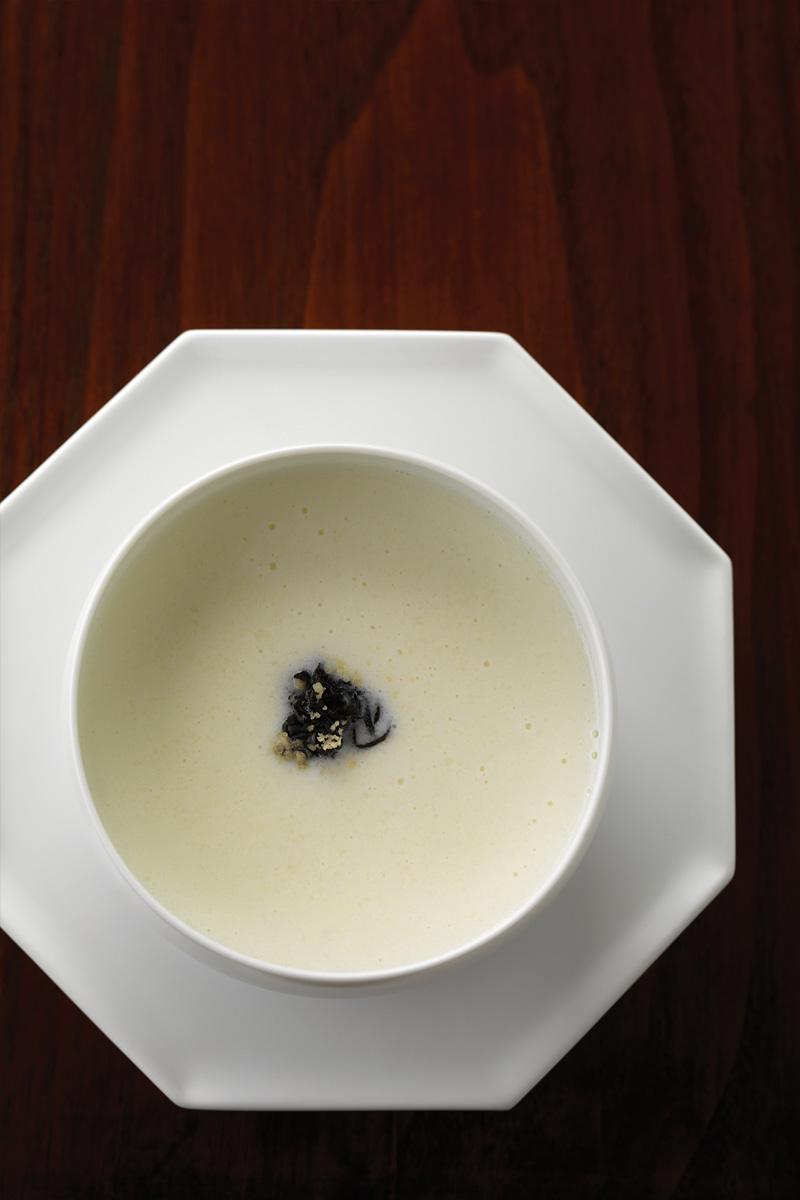
CREAMY PORRIDGE WITH A PROFOUND TASTE
TARAKJUK (MILK PORRIDGE)
This is a very mild porridge made by mixing and boiling finely powdered rice and milk. Unlike today, milk was very hard to come by in the Joseon era, and when the weather turned cold, the king’s physician would prescribe tarakjuk for the king.
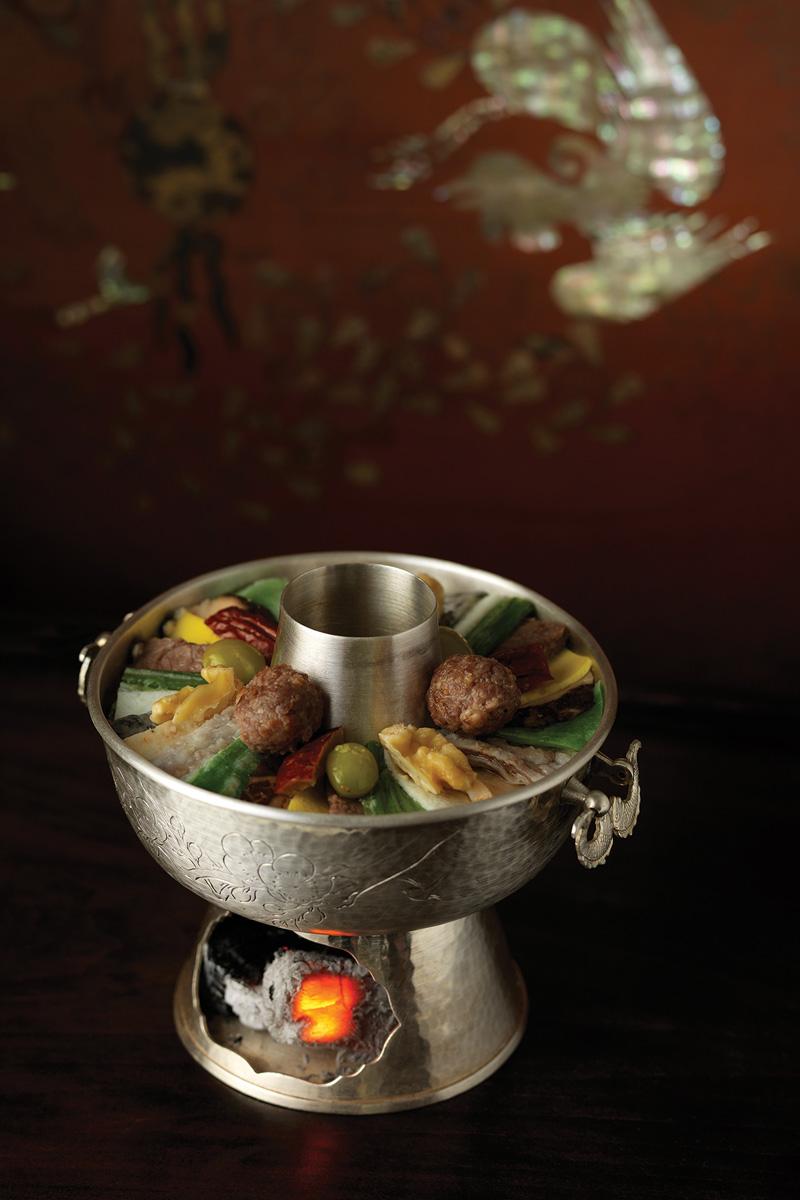
BEFITTING THE LEISURELY LIFE OF MOUNTAIN DEITIES
SINSEOLLO (ROYAL HOT POT)
Literally meaning “food of the immortals,” sinseollo is also referred to as yeolgujatang (a delightful soup for the mouth). Beef, seafood, and vegetables are neatly arranged in a special pot, which has a hole in the center where hot embers are placed. A savory broth is poured onto the ingredients, and cooked right on the table. About 25 ingredients go into the preparation of this dish, requiring much time and effort.

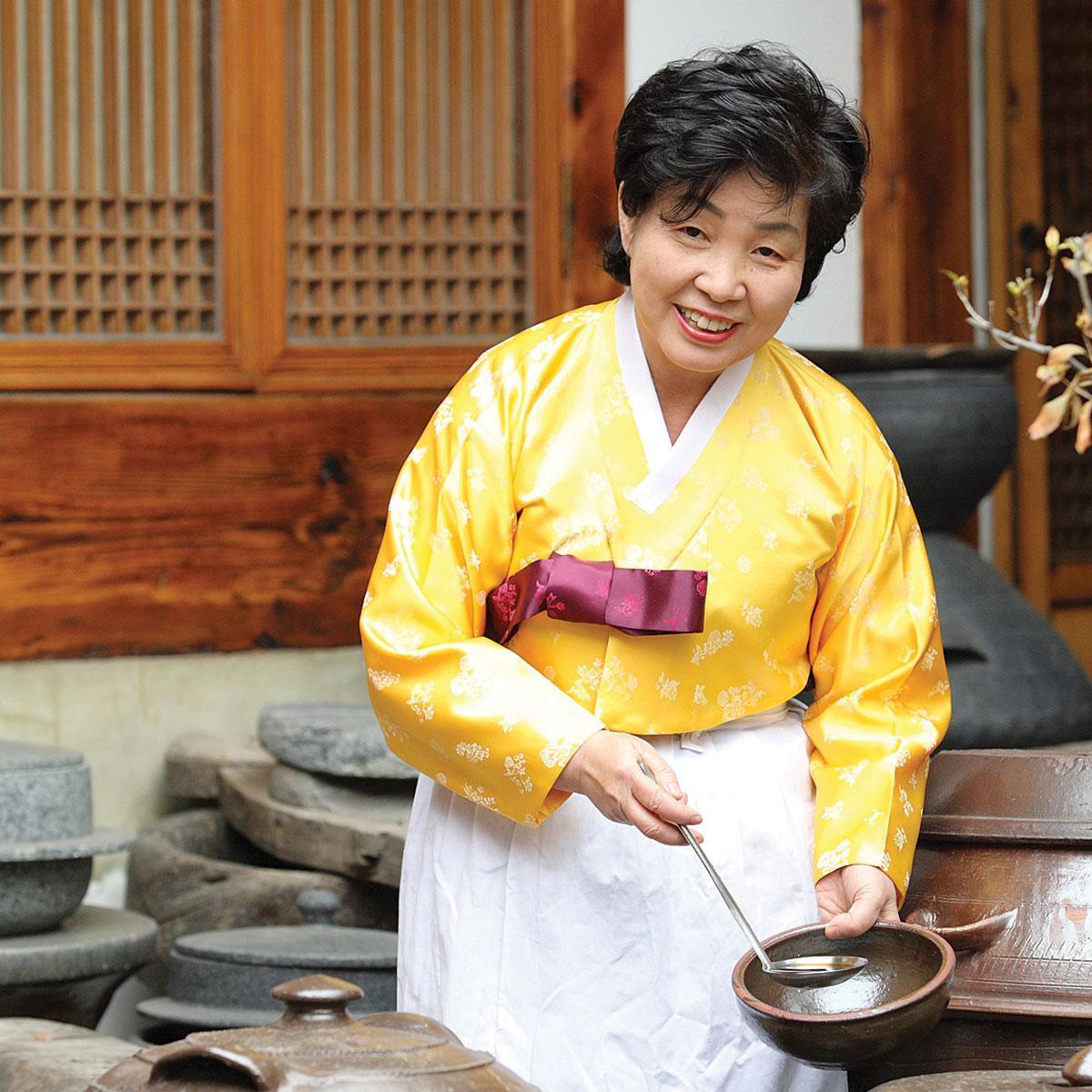
Tip: INSTITUTE OF KOREAN ROYAL CUISINE
The Institute of Korean Royal Cuisine conducts research, and teaches the time-honored tradition of Joseon royal cuisine, which has been designated Important Intangible Cultural Heritage No 38. Based on the wisdom and experience of a lady of the court who oversaw the planning and preparation of meals for the royal family of Joseon, the institute is now actively involved in promoting Korean cuisine both in Korea and abroad. The facility offers a variety of programs for visitors looking for a royal cuisine experience.


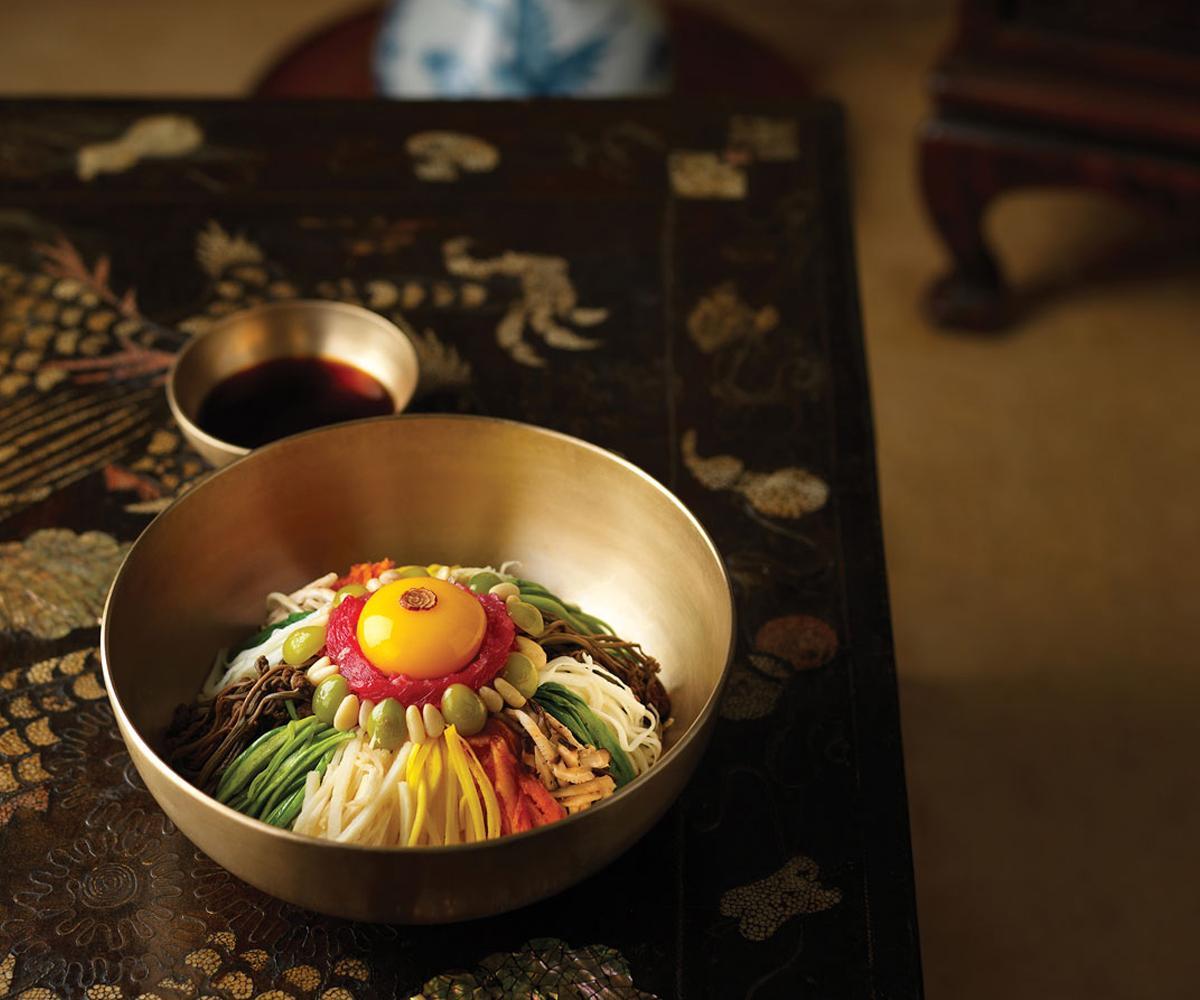
![[A ZONE] Gangnam Food Spot](https://m.dgram.co.kr/wp-content/uploads/2020/09/A존-알래스카3-특성이미지_S-218x150.jpg)
![[A ZONE] Gangnam Life Style](https://m.dgram.co.kr/wp-content/uploads/2020/09/로우클래식1-특성이미지_S-218x150.jpg)








![[A ZONE] Gangnam Food Spot](https://m.dgram.co.kr/wp-content/uploads/2020/09/A존-알래스카3-특성이미지_S-324x160.jpg)
![[A ZONE] Gangnam Life Style](https://m.dgram.co.kr/wp-content/uploads/2020/09/로우클래식1-특성이미지_S-324x160.jpg)




